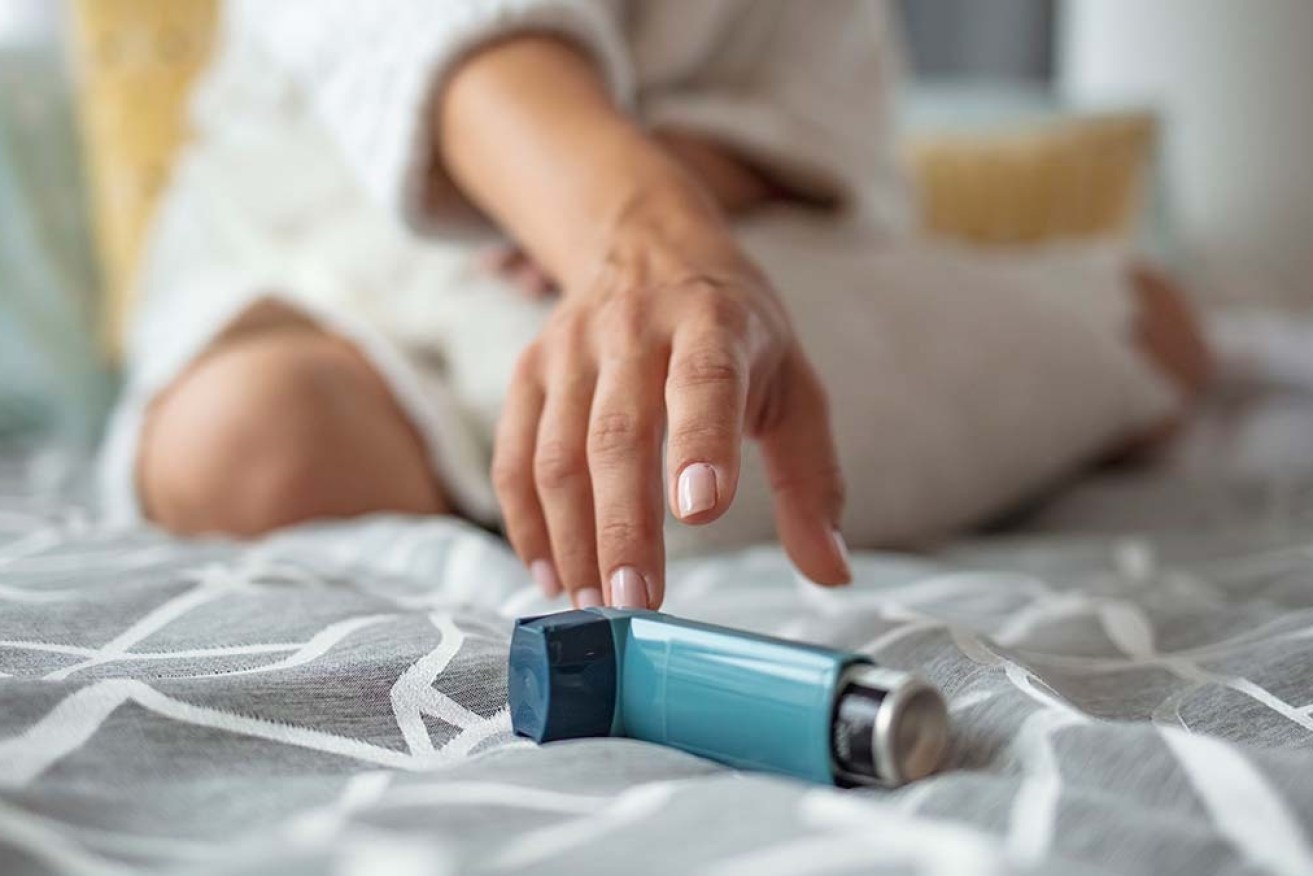Does your asthma flare up as the weather gets warmer? Here’s how to manage it


People with asthma experience flare-ups in spring due to airborne allergens. Photo: Getty
Most people with asthma can agree their symptoms worsen come springtime.
You could say there’s just something in the air.
The main reason asthma flares up in spring is due to airborne allergens such as ryegrass pollen.
Professor Nick Zwar, chair of the National Asthma Council guidelines committee and general practitioner, told The New Daily these airborne allergens can trigger both allergic rhinitis (hay fever) and asthma symptoms.
The two go hand in hand, as at least three out of four people with asthma also have hay fever.
Beware windy days
To prevent a flare-up in the warmer months, Dr Zwar advised people to avoid going out on windy days when the pollen count is high.
You can check this online.
“If you have been out and about on a windy day and you’re experiencing asthma symptoms, have a shower and wash your hair because sometimes pollen can get caught up in your hair,” Dr Zwar said.
“Change your pillowcase quite often as well, because if pollen is falling off you during the night then you’re rolling around in it.”
The key message Dr Zwar has is to use your preventer regularly.
Grab your preventer
Dr Mark Morgan, professor of general practice at Bond University and chair of RACGP Expert Committee for Quality Care, told The New Daily that if you’re on a preventer, you’re much less likely to make your asthma worse.
“Therefore you’re in a much safer position than somebody who is just using an asthma reliever,” he said.
In comparison, Dr Morgan explained an asthma reliever only works by relaxing the air tubes. They don’t get rid of the redness and swelling.
“Relievers are only doing half of the job,” he said.
That said, you can’t use a preventer like a reliever.
Not a quick fix
Nigel Cooper, acting general manager, programs at Asthma Australia, said preventers can take anywhere between three to six weeks to take effect.
“What the preventer does is really work on the inflammation and the swelling within the airways, so it’s not an instant relief,” he explained.
“They’ve actually got to work at a steady level to dampen down the inflammation and reduce the amount of mucus that is blocking the airways.”
Mr Cooper also recommended visiting your GP to have your asthma action plan updated, especially if you haven’t visited a GP in some time due to COVID-19.
“Make sure you’re on the right medication, at the right dose, that you’re taking it at the right time and you’re taking it the right way,” he said.
It’s really important to make sure your device technique is correct.
Consider spacers
For those who use the commonly used metered dose inhaler, Mr Cooper recommends you use a spacer.
A spacer is a plastic cylinder with a mouthpiece on one end and a hole for the inhaler on the other.
Children with asthma use spacers as they make it easier to co-ordinate breathing in and pressing down on the puffer.
“When you put the puffer in your mouth and spray it, the majority of it hits the back of your throat, so you swallow it instead of inhaling,” Mr Cooper said.
“So spacers increase the efficiency of puffers significantly.”
Mr Cooper said it’s worth speaking to your pharmacist or GP just to make sure you’re using your inhaler correctly.








